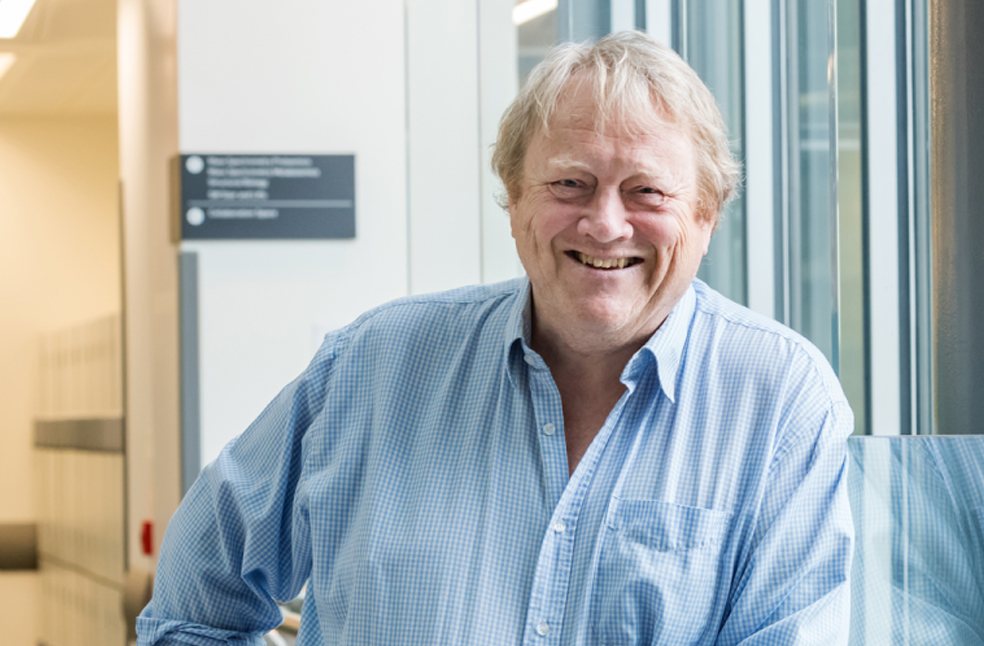Melbourne, Australia: A groundbreaking discovery by researchers at Melbourne’s Peter Doherty Institute for Infection and Immunity has brought the possibility of an HIV cure closer.
Using advanced mRNA technology, similar to that in Covid-19 vaccines the team has found a way to force the virus out of hiding in human immune cells, potentially allowing it to be cleared from the body.
One of the greatest challenges in curing HIV has been the virus’s ability to remain dormant inside specific white blood cells, forming a ‘reservoir’ that the immune system and current drugs cannot detect or destroy.
The new study, published in Nature Communications, shows that mRNA can now be successfully delivered into these elusive cells by packaging it in a specially designed lipid nanoparticle (LNP) called LNP X.

This innovation enables the mRNA to instruct the infected cells to expose the dormant virus. Dr. Paula Cevaal, co-first author of the study, explained that it was previously believed these cells could not absorb the fat-based mRNA delivery vehicles.
However, the newly formulated LNP X proved effective. Early lab results were so remarkable that the team repeated them several times, confirming their accuracy.
Globally, around 40 million people live with HIV, requiring lifelong medication to suppress the virus and prevent transmission. In 2023 alone, UNAIDS estimated that one person died of HIV every minute. The study offers renewed hope that long-term suppression could one day become total eradication.
Despite the promising findings, Dr. Cevaal emphasized caution. The study is currently limited to lab settings using cells donated by HIV-positive individuals. To move forward, it will need to undergo animal testing, followed by human safety and efficacy trials, an extensive process that could take years.

Still, the excitement is palpable. Dr. Michael Roche, co-senior author, said that this development could also impact treatments for other diseases involving the same white blood cells, such as certain cancers.
Dr. Jonathan Stoye, a retrovirologist at the Francis Crick Institute, hailed the work as a ‘major potential advance’ in delivering mRNA to blood cells. Stoye noted, however, that it remains unclear whether clearing most of the HIV reservoir would suffice or if every trace must be removed to prevent reinfection.
Meanwhile, Prof. Tomáš Hanke from Oxford’s Jenner Institute cautioned against overstating the achievement, arguing that not all HIV-harboring cells may be reachable via mRNA and calling full eradication ‘merely a dream.’ Still, even he acknowledged the significance of this leap in mRNA delivery.
While more research is essential, this breakthrough stands as one of the most promising developments in the long search for an HIV cure.



